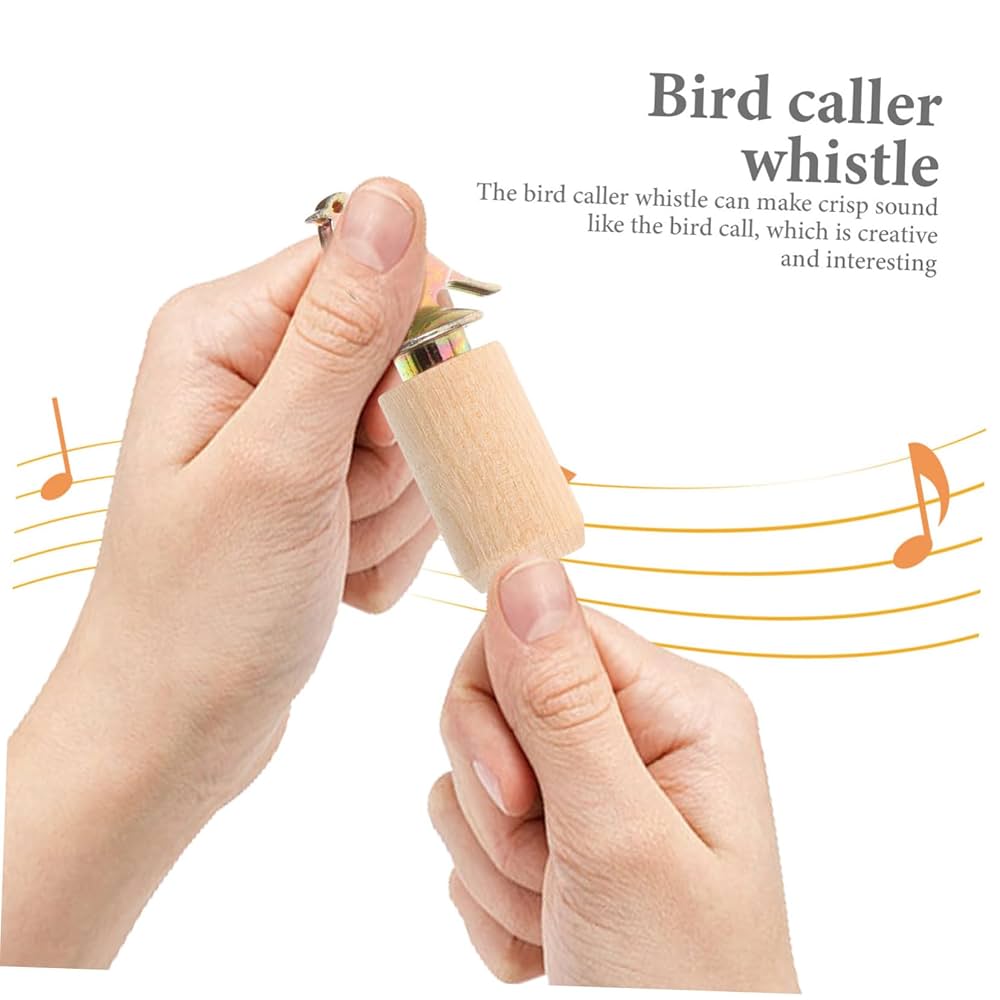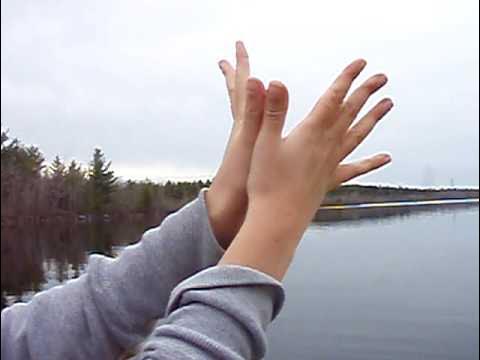Imagine being able to call a bird with just a whistle from your hands. It sounds magical, doesn’t it?
Learning to hand whistle bird calls is not only a fun skill but also a unique way to connect with nature. Whether you’re a bird enthusiast or simply curious, this guide will show you how to master the art of hand whistling.
You’ll discover the secrets behind creating beautiful, realistic bird sounds that can captivate anyone around you. Curious to impress your friends or add a new skill to your repertoire? Keep reading to unlock the mysteries of hand whistling bird calls and get ready to amaze yourself and others!

Credit: www.youtube.com
Basics Of Hand Whistle Bird Call
Hand whistle bird calls are a simple, natural way to mimic bird sounds. They help attract birds and enjoy nature more deeply. The basics involve learning the right hand shape and controlling your breath. Both are key for clear, sharp whistle sounds.
Hand Position And Finger Placement
Start with one hand. Curl your fingers to create a small, round opening. Use your thumb and index finger to form a circle. Keep the other fingers relaxed but close together. This shape helps focus the air into a strong whistle.
Adjust the size of the hole slightly to change the pitch. A smaller hole makes higher sounds. A bigger hole makes lower sounds. Practice making the shape steady and firm.
Breath Control Techniques
Breathe in deeply through your nose. Blow out gently but with steady pressure through the hand opening. Control the flow of air. Too much force can break the whistle. Too little air makes a weak sound.
Use short bursts of air to mimic bird calls. Practice slow, steady breaths to hold a note. Try varying the speed to match different bird sounds. Breath control is about balance and timing.

Credit: www.amazon.co.uk
Step-by-step Whistling Process
Mastering the hand whistle bird call takes patience and practice. The process involves shaping your hands correctly and controlling your breath to produce clear, sharp sounds. Here’s a detailed look at how you can do it effectively.
Forming The Whistle Shape
Start by bringing your hands together as if you’re about to clap, but keep a small gap between your thumbs and fingers. Your thumbs should form a narrow “V” shape at the top, creating a small chamber for the air to pass through.
Press your thumbs tightly against each other to seal the edges, but leave a tiny opening at the tips. This gap is crucial—it acts like a whistle’s mouthpiece. If it’s too wide, the sound will be weak; too narrow, and no air will pass.
Try experimenting with the size of this opening until you find a spot where a soft whistle sound emerges. Don’t rush; it took me several tries to feel the airflow just right. Have you noticed how small adjustments change the pitch instantly?
Producing Clear Bird Calls
Once your hands are shaped correctly, take a deep breath and blow air steadily through the gap between your thumbs. The air must flow smoothly and with enough pressure to vibrate inside the chamber you created.
Control is key here. Start with gentle breaths and increase the force gradually. If you hear a high-pitched whistle, you’re on the right track. If the sound is airy or unclear, adjust your hand position slightly or tighten your thumbs.
Practice mimicking bird calls by changing your breath speed and the shape of your hand chamber. I remember trying to copy a robin’s call and realized subtle breath changes made a big difference in tone. What bird call will you try to imitate first?
Common Challenges And Solutions
Mastering the hand whistle bird call can be tricky at first. You might find yourself struggling with inconsistent sounds or no sound at all. Facing these common challenges head-on will help you improve faster and enjoy the process more.
Dealing With Air Leaks
Air leaks are a major cause of weak or absent bird calls. If you feel the air escaping around your fingers, your whistle won’t work properly. To fix this, adjust your hand position slowly and pay close attention to where the air flows.
A helpful tip is to make your hand cup tighter but not so tight that it blocks airflow completely. Try moving your fingers a little closer together or shifting the thumb’s position. You want a smooth, steady stream of air passing through without gaps.
Improving Pitch And Tone
Getting the right pitch and tone takes practice and fine-tuning. Small changes in finger placement and the shape of your hand can shift the sound dramatically. Don’t be afraid to experiment with the size of the opening between your thumb and fingers.
Also, control your breath carefully. Blowing too hard or too softly can distort the call. You might notice that a gentle, steady breath produces a clearer sound than a forceful one. Are you paying enough attention to how your breath feels while whistling?
Practice Tips For Quick Mastery
Practicing hand whistling bird calls can feel challenging at first. Regular practice builds muscle memory and sharpens your ear. Focus on small, consistent efforts daily. This helps you improve faster and enjoy the process more.
Daily Exercises
Set aside a few minutes each day for hand whistling practice. Start with simple tones and sounds. Repeat them slowly, then increase speed once comfortable.
- Warm up your hands and lips gently before practice.
- Try different hand shapes to find your best whistle sound.
- Practice holding the whistle steady for clear calls.
- Record your practice to track progress and adjust.
Short daily sessions add up. Consistency is key to quick improvement.
Listening And Mimicking Bird Sounds
Listen closely to real bird calls online or outdoors. Focus on their rhythm, pitch, and tone. Try to copy the exact sounds using your hand whistle.
- Pause recordings to repeat sounds clearly.
- Break complex calls into smaller parts and practice each.
- Imitate different bird species for variety and skill.
- Use slow playback to catch subtle details.
Matching sounds trains your ear and hand coordination. It makes your bird calls more natural and believable.

Credit: www.youtube.com
Frequently Asked Questions
How Do You Make A Basic Hand Whistle Bird Call?
To make a basic hand whistle bird call, cup your hands tightly with a small opening. Blow air steadily through the gap while adjusting finger positions to change pitch. Practice controlling airflow for clear, sharp bird-like sounds.
What Hand Positions Create Different Bird Call Sounds?
Different hand shapes and finger placements alter the whistle tone. Experiment with cupping tighter or looser, changing thumb and finger angles. Varying these positions mimics various bird calls, allowing you to produce distinct pitches and trills.
How Can Beginners Improve Their Hand Whistle Bird Call?
Beginners should practice daily with steady breath control and hand positioning. Start slow, listen to bird calls, and imitate their patterns. Consistent practice enhances tone clarity and accuracy in replicating bird sounds.
Which Birds Respond Best To Hand Whistle Calls?
Birds like songbirds, sparrows, and jays often respond well to hand whistle calls. These species recognize familiar calls and may approach out of curiosity or territorial instinct.
Conclusion
Hand whistling bird calls takes practice and patience. Start slow and listen carefully to real bird sounds. Use your hands to shape clear, sharp whistles. Try different hand positions to find what works best. Practice often to improve your tone and control.
Soon, you will enjoy calling birds with ease. It’s a fun skill that connects you with nature. Keep practicing and enjoy the sounds you create. Bird calls bring calm and joy to outdoor time. Give it a try and see how you improve!
